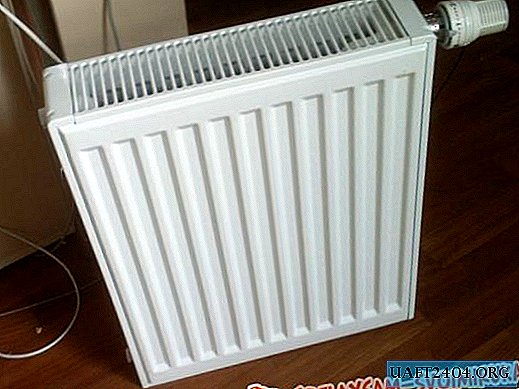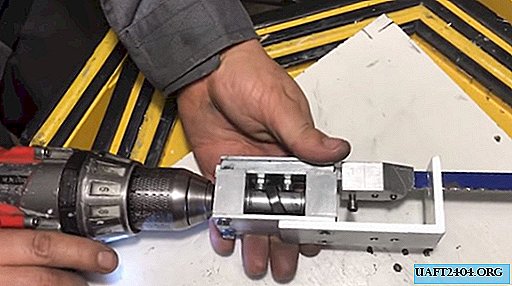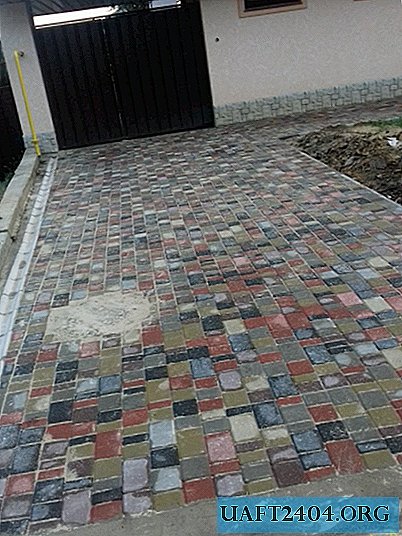Share
Pin
Tweet
Send
Share
Send

During installation, first of all, the shut-off valve is installed, the supply pipe is connected, and preliminary control is carried out. A thermal head, which determines the maximum amount of heat emitted by the radiator, is installed at the very end. It limits the amount of coolant passing through the radiator and, therefore, reduces heat generation. The air temperature is reduced to the desired value.
For example, if a part of the house is located on the south side, then it receives heat from solar radiation, i.e. heat loss is reduced by natural light. Due to this, the thermostat of the southern part will reach the set temperature faster and block the flow of coolant to the radiator. Thanks to this, part of the heating system will be turned off, and the remaining area in the northern part of the house will receive additional heating. Thus, the radiator thermostat will provide various thermal conditions in different areas of the room, the adjustment of temperature indicators without human intervention.
Share
Pin
Tweet
Send
Share
Send











